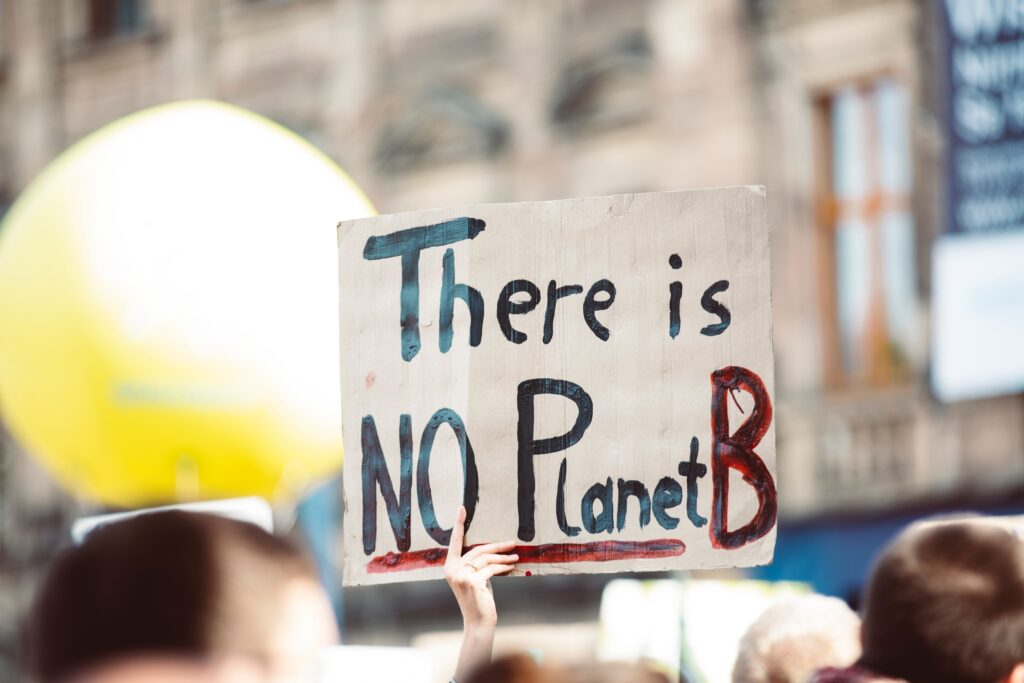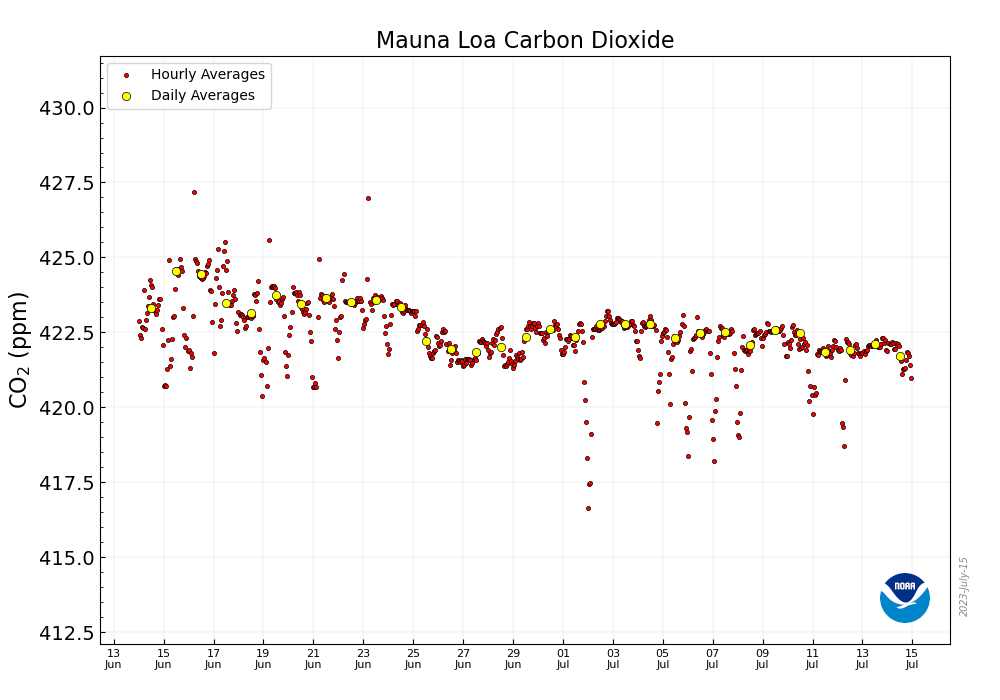The report of The Centre for Research on the Epidemiology of Disasters (CRED) and The United Nation Office for Disaster Risk Reduction (UNISDR),” Economic Losses, Poverty and Disasters 1998-2017” is an eye opener on events caused by changes in climatic conditions. Report highlights that from 1998 to 2017 climate-related and geophysical disasters killed 1.3 million people and left a further 4.4 billion injured, homeless, displaced or in need of emergency assistance, where 91% of all disasters were caused by floods, storms, droughts, heatwaves and other extreme weather events. Further, report brought to light that in the reported period, world faced direct losses of 2,908 billion US dollars, 77% out of which are losses due to climate related disasters. These losses are based on economic data of only 37% events received at CRED’s Emergency Events Database (EM-DAT). Whereas, The World Bank has reported losses of 520 billion US dollars annually, which pushes 26 million people into poverty every year. An alarming increase of 151% in the climate related events have been noticed between these two 20-year periods. The year 2017 was one of the worse for economic losses, which increased 41% than the average of previous decade. In the same year, a total of 335 natural disasters took place affecting over 95.6 million people, killing 9,697 and costing a total of 335 billion US dollars as per EM-DAT. The death toll for year 2018 was higher than that of 2017, which took 10,733 lives affecting 60 million people globally. The highest death count of 4,535 was for Indonesia, followed by India with losing 1,388 lives and Pakistan losing 240 lives stood 8th in 2018. Losses of Pakistan were mainly because of heat weave of May.

The impacts of climate change bring a need to understand why weather or climatic conditions change. Normally the word weather is used for short-term atmospheric conditions, however the word climate is used to indicate long-term weather conditions. Other than natural weather cycles, humans have contributed in the climate variations. Humans have altered the greenhouse effect, which is a natural process. The greenhouse effect is the process of warming of earth by Sun’s heat. Without greenhouse effect, temperature of earth will fall to minus eighteen degrees Celsius (-18 °C). Indeed, no human beings would have exited without the greenhouse effect. In natural greenhouse effect, some of the heat is trapped by the Earth and remaining is returned. However, in altered greenhouse effect more heat is trapped than required, which is because of increase in concentrations of human generated gases like carbon dioxide (CO2), methane (CH4) which occurs naturally but leaked to environment by human beings, chlorofluorocarbons (CFCs) and Nitrous oxide (N2O). Concentrations of greenhouse gases significantly increased after industrial revolution. The data of Earth System Research Laboratory, Global Monitoring Division National Oceanic and Atmospheric Administration (NOAA) and NASA: Climate Change and Global Warming show that the concentration of carbon dioxide never reached up to 300 parts per million (ppm) for last hundreds of thousands of years, however at present the concentration has crossed 420 ppm. Moreover, the overall concentration of all greenhouse gases has surpassed a record figure of 493 parts per million. Moreover, the NOAA’s Annual Greenhouse Gas Index (AGGI) for year 2017 was 1.41, which explains that global warming influence has increased up to 41% since 1990. This reminds that on-going emissions are resulting more heat absorbance. This is also important to note that the Intergovernmental Panel on Climate Change (IPCC) suggests that a constant concentration of carbon dioxide alone at 550 ppm would lead to an average increase in Earth’s temperature of about 3 degrees Centigrade reports NOAA. Whereas to stay below 1.5 degrees Centigrade to conform Paris Agreement CO2 concentration should not exceed 478 ppm.

The U.S. Global Change Research Program (USGCRP) has put forward some indicators for climate change, which are; AGGI, Arctic glacier mass balance and sea ice extent, atmospheric carbon dioxide, billion dollar disasters, forest free season, global surface temperature, heat waves, heating and cooling degree days, heavy precipitation, ocean chlorophyll concentration, sea level rise, start of spring, terrestrial carbon storage sea surface and land temperature. As already mentioned, the annual greenhouse gas index and atmospheric carbon dioxide are on rise. Arctic is melting at a very high rate than expected. Earlier, researchers had predicted that Arctic may stay until mid of the 21st century, however current reports indicate the Arctic may be ice free by late 2030s. Studies show that in 1980 the extent of Arctic sea ice was above 2.7 million miles square miles, which reduced to 1.85 million miles square miles by 2017.
The ice-sheets reflect a large amount of Sun’s heat and keep the atmosphere cooler. More ice melting causes thinner ice-sheets leading to rise in sea levels, storms and more importantly lowers the shelter of heat reflection. The global average temperature has risen 0.83 °C since 1980. There have been uneven distributed hot and cold weather patterns as reports indicate that there have been more cold days than hot, but both had been at extreme. It is reported that February 2019 was the 5th warmest in last 140 years, however February of 2016 was the warmest of all with a rise of 1.21 degrees centigrade rise on average. The global average sea level rise has been observed to be 8 inches since 1880s. The rise in sea level is contributed by both melting of glaciers and ice on land and expansion of water due to increase in average temperature. The increase in sea level will destroy coastal habitats, cause erosion, wetland flooding, aquifer and agricultural soil contamination with salt, lost habitat for fish, birds and plants and will make urban areas near the coast.
There are enough evidences, facts and figures which indicate that climate change is happening and at a high pace. The effects of climate change are ruthless and bring along poverty, discrimination, terrorism and injustice. Reports show that the developing countries and specially Asia are more vulnerable to climate change and so far, they have been the most affected victims of climate change related disasters.
